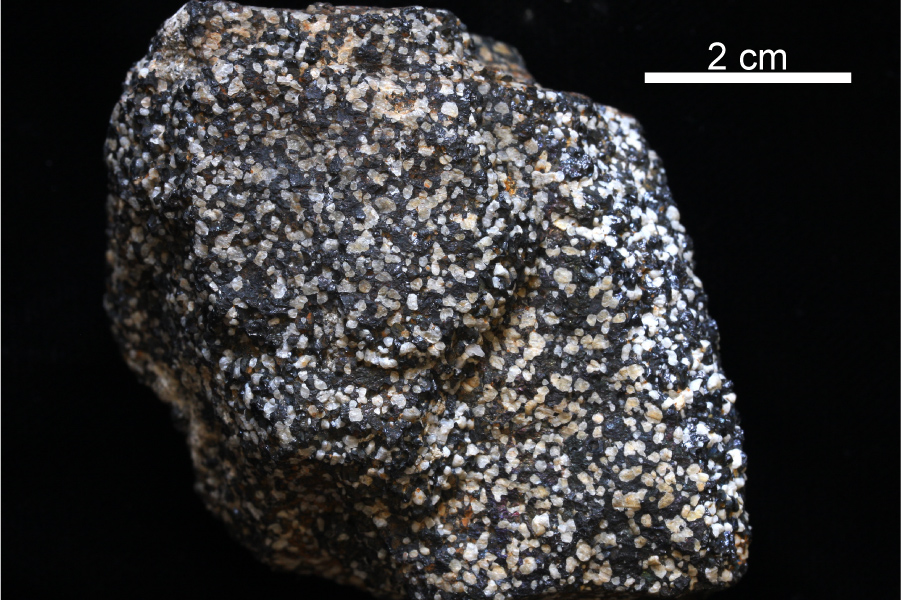On July 1, 2016, Governor Terry McCauliffe signed a bill into law that made nelsonite the first official state rock of Virginia. The initiative for this project was led by students from Piedmont Virginia Community College. Michelle Stanislaus and her classmates from their Historical Geology class and Government class ran the petition for this law starting in the fall of 2015. Why pick Nelsonite? Nelsonite has a unique historic role for Virginia, as it served as a key economic resource in the early 1900s after it was first discovered near Roseland in central Virginia. Nelsonite’s type locality is Nelson County, Virginia and is one of the few rocks that is named after a state county. Nelsonite is a distinctive igneous rock composed primarily of the minerals ilmenite and apatite, and as such it’s rich in both titanium and calcium phosphate. Titanium is used in paint pigments and steel alloys, whereas the calcium phosphate was used as agricultural fertilizer and even as a filler for artificial teeth. Although Nelsonite is no longer mined in Virginia, mining is still active in parts of China for its rare and highly useful minerals.
Nelsonite occurs as both dikes and segregation layers in the 1.0 to 1.2 billion year old granitic gneisses of the Blue Ridge province. The rock is medium-grained and comprised of ilmenite (FeTiO3) which is a black metallic and slightly magnetic material, and apatite (Ca3(F,Cl)(PO4)3) a light-colored, non-metallic mineral with small amounts of rutile scattered throughout. Nelsonites are magmatic in origin. The iron-titanium-phosphorous-oxide magmas from which they crystallize result from liquid immiscibility within a granitic or anorthositic magma, this is followed by intense fractionation of the parent magma to produce the nelsonite.


